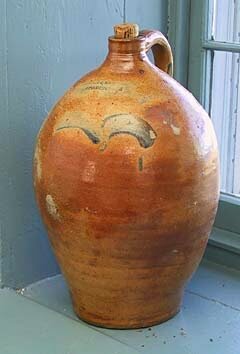Avalonia is Preserving Nature in the Borough
In a tiny footprint, Stonington Borough houses a historic mill, museums, shops, restaurants, and even a small beach. Did you know there’s also a lovely nature preserve? Located at the end of Wall Street is Dodge Paddock & Beal Preserve — a walking trail on an open salt marsh meadow filled with wildflowers and beach roses, with panoramic views of Little Narragansett Bay.
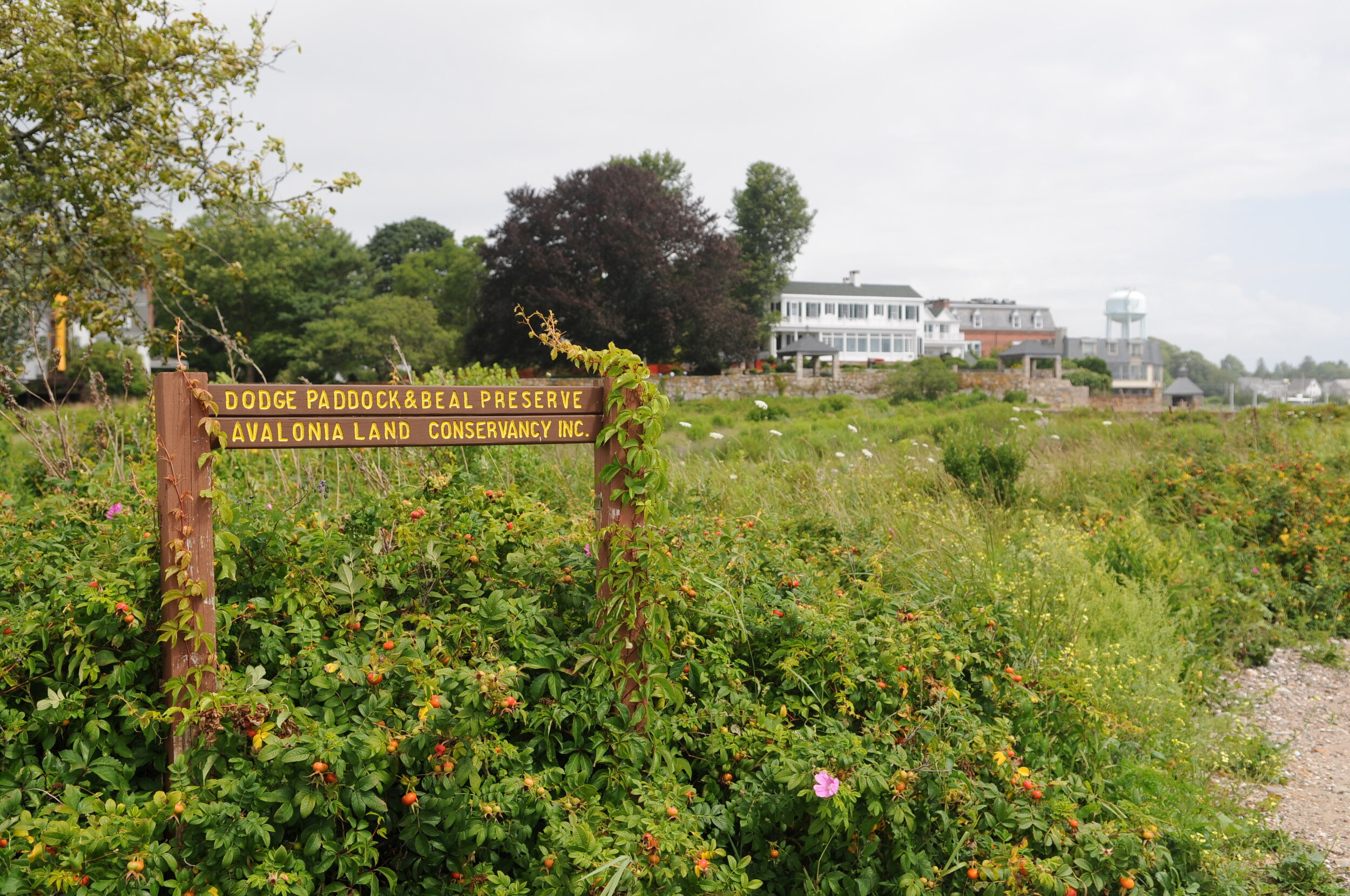
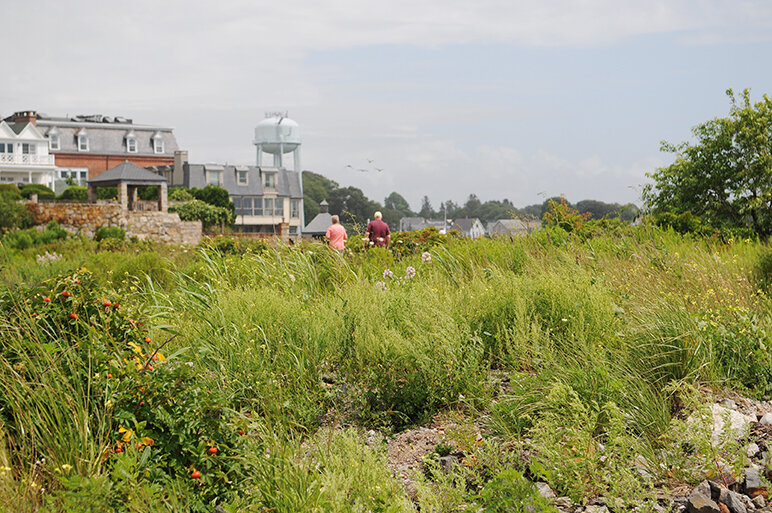
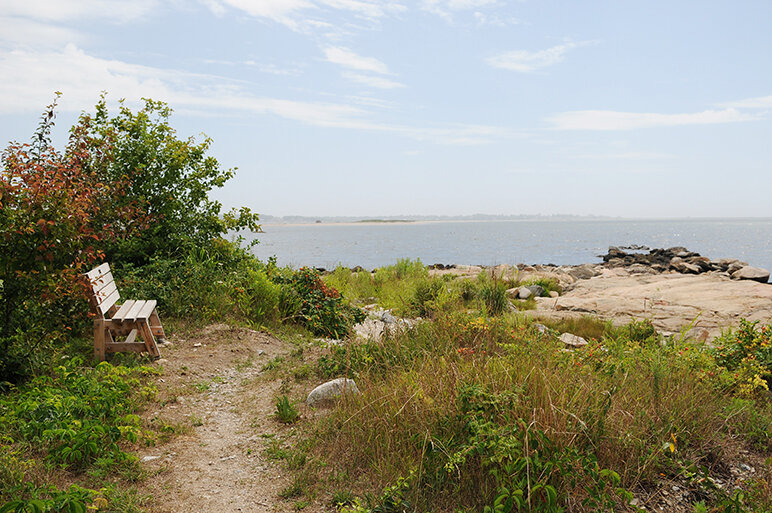



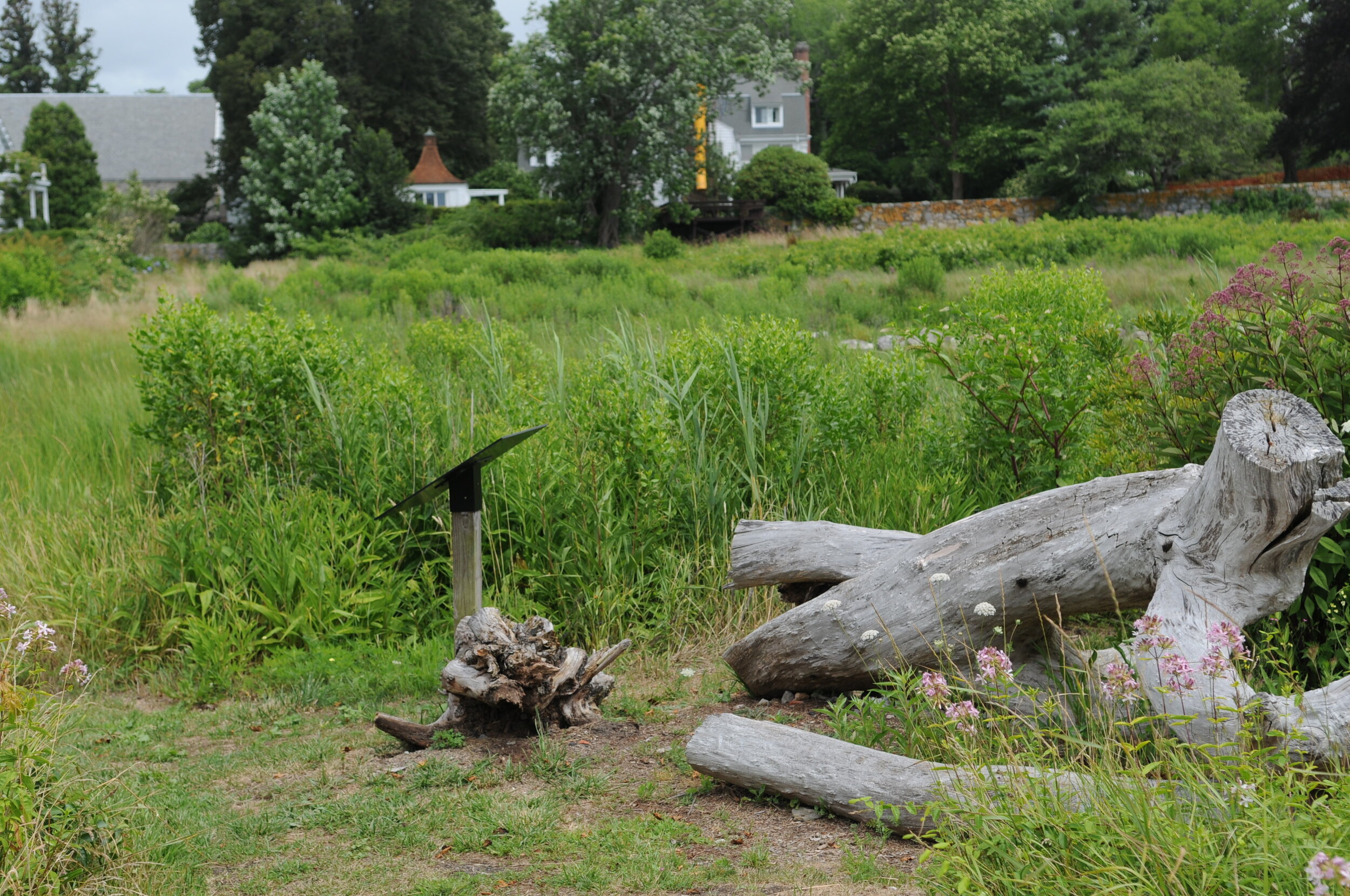
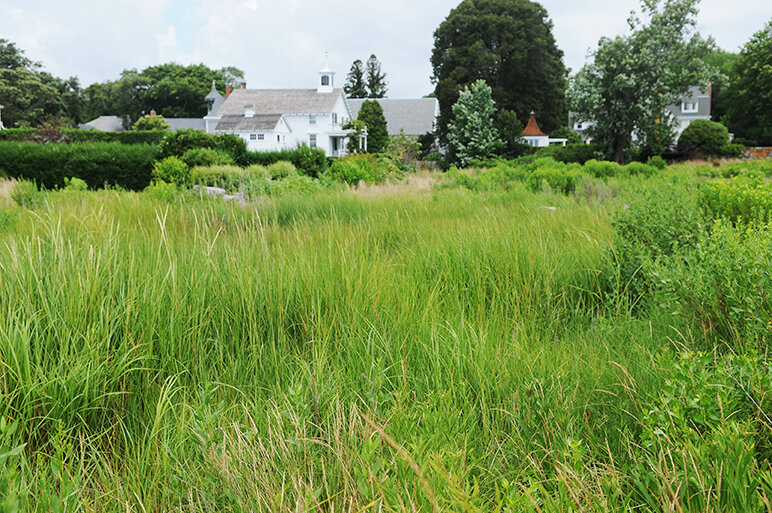
Photos by Sandra Alexander / Dessa Lea Productions
Dodge Paddock & Beal Preserve is an asset of Avalonia Land Conservancy, a nonprofit land conservation organization based in southeastern Connecticut. Avalonia’s mission is to aquire, protect and maintain land of high conservation and habitat value, combat climate change for the benefit of people and wildlife, and ensure healthy, livable communities for now and generations to come. Avalonia maintains the property which is open and free to the public.
The property, much like the rest of Stonington Borough, has a rich history. For the story, we reached into Avalonia’s archives. This post was originally published on Avalonia e-Trails. It is republished with permission.
A Little Preserve with a Big History
By Beth Moore and Beth Sullivan
Over the last several years, we have written of the nature of Dodge Paddock, but few of us really knew the secrets this preserve has been keeping.
The history of the preserve is significant; its present is in flux, and the future may be in the hands of Mother Nature, but Avalonia is doing its best to preserve the area for future generations of nature lovers and history buffs.
A 2014 aerial view by DEEP after phragmities removal and freshly dug drainage channels.
The beauty and tranquility one experiences now when visiting one of Avalonia’s smallest preserves belies the area’s bustling history. Known in its earliest days of settlement as “Little Point,” it served as the terminus of “Shinbone Alley” down which the remnants of the nearby slaughterhouse’s activities washed each evening. On the west side of the preserve was Stiles Phelps’ ropewalk, laid out in the late 18th century to support the growing fishing and boatbuilding activities in the borough with cordage and rope. When Stiles' decedent Charles Phelps died in 1809, he left the parcel of land, then valued at $1,100, improved with a wharf, a pottery works, and a small house identified as “where Gerant and Simon now live together,” to his descendants.
Dodge's history, compare the view.
Every Day Pottery
To local history buffs, the area is best known as the location of the States pottery works, later known as States & Swan, which was active between 1811-1835. This, the first pottery factory in Connecticut, produced wares for daily usage rather than decorative pieces, and as such were much sought after due to their highly durable admixture of local clay and clay imported from Huntington, Long Island. Visitors to the preserve can easily find shards of pottery, but remember: in Stonington Borough, which is on the National Register of Historic Places, it is illegal to remove objects from the site!
Examples of States pottery, courtesy of Stonington Historical Society
Over time the various owners of this small piece of land passed away and the parcel passed through many hands and continued to serve many uses. Stonington’s first millionaire, Charles Phelps Williams, had his whaleship “Betsey Williams” built and launched on the north part of the lot. A steam sawmill and wood working factory was set up by the brothers Daniel and Gilbert Collins in the late 1840s, and from there, doors, window frames, and shutters were built and shipped out to buyers in New York and New Jersey. In 1865 this factory, then under the ownership of Harris Pendleton, was set ablaze by two men under the hire of Palmer Loper, son of Richard Fanning Loper. That Richard Fanning Loper was once affectionately known as “Little Dickie Loper,” and to him the borough could be said to owe its continued existence.
War in Stonington
Late in the evening on Tuesday August 9, 1814, Captain Sir Thomas Masterman Hardy and his squadron of five British warships commenced an attack on a nearly defenseless Stonington Borough. Against 160 cannon and 1,275 British seamen was, initially, just a scrappy group of 16 young men with three small canons and enough ammunition to see them through an hour’s worth of battle. By dawn on the morning of August 10th, the gunpowder had run out. Captain Jeremiah Holmes of Mystic had arrived that morning and taken over command of the defense of Stonington and immediately sent several young men out to search for more ammunition. It was at the States Pottery wharf that “Little Dickie Loper,” then just 14 years old, found six kegs of gunpowder aboard a privateer that was tied up there. The kegs were rolled down to “Grasshopper Fort,” and the ultimately successful defense of Stonington was resumed. It was the same “Little Dickie Loper” who, at the age of 21, was on board the sealing sloop “The Hero” (captained by his best friend Nathaniel Brown Palmer) when Antarctica was discovered in 1820.
After the fire of 1865, the area more recently known as Dodge Paddock lost its manufacturing aspect and became residential. In more recent years, a neighborhood baseball game was held on the site each Easter. However, Mother Nature's storms have put an end to that enjoyable annual event.
Avalonia Acquired the Paddock and adjacent Beal preserve in 1981. We have written of its trials and tribulations in earlier blogs, here, here, and here. With DEEP generosity and funding and Avalonia dedication over the last several years, the area has been reformed and is on its way to a new future. For Avalonia, preservation of natural resources is the main mission, but being able to acknowledge and preserve the history as well is even more special.
…
For more information about Dodge Paddock & Beal Preserve, visit Avalonia.org.




